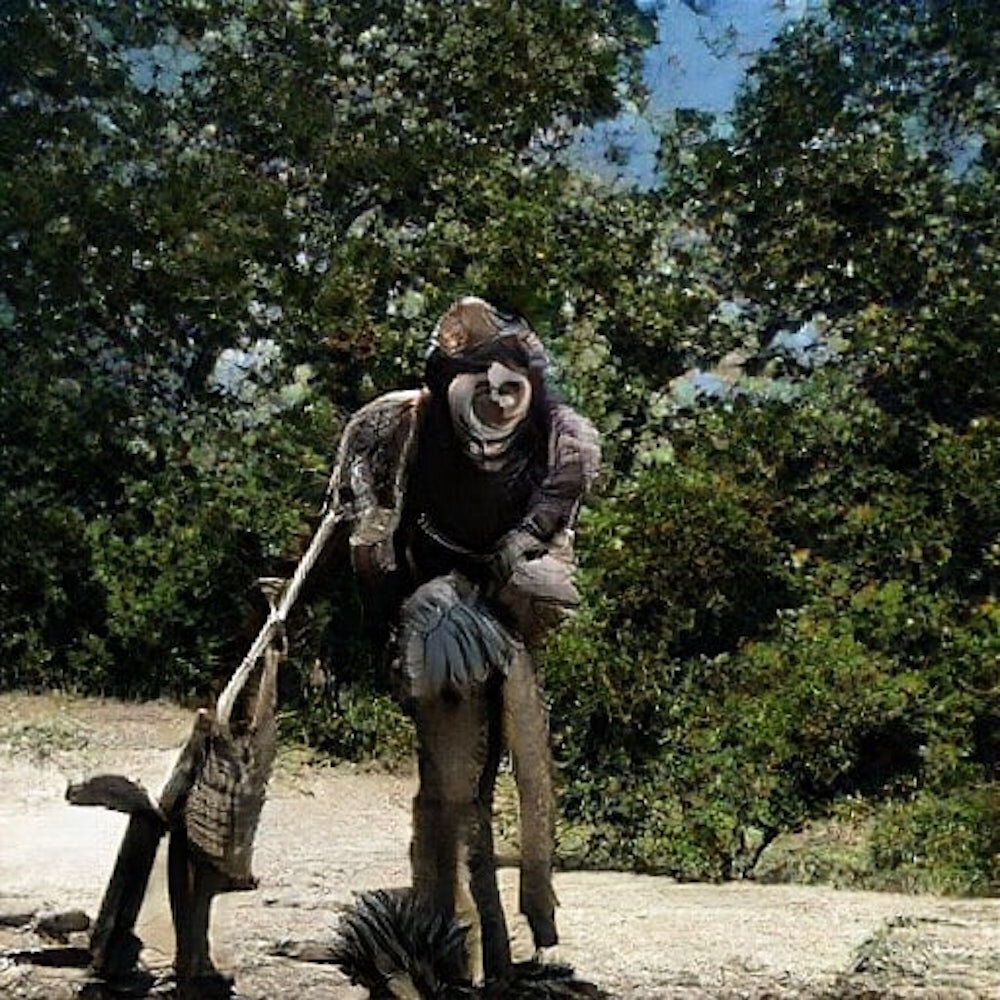Joe Hamilton
Somewhere in between technology and real life, Joe Hamilton practices as a multidisciplinary artist demonstrating new possibilities within the realms of moving image and artificial intelligence. Tuning into the natural environment, Joe works to bend the concepts of oversimplified nature with the use of technology. Recently, the Melbourne based artist has been experimenting with AI, creating images that resemble creatures of a distorted nature. Joe aims to progress his practice within AI as the technology becomes more advanced, ultimately being able to produce photorealistic imagery. We hear from Joe as he discusses his work in more detail as he gives us an insight into his technologically advanced world.
Your work could be described as a juxtaposition between technology and nature, where did this concept stem from?
My interest in nature stemmed from seeing the destruction of our natural environment but a feeling that the concept of nature is oversimplified. I don’t think a pristine pre-human nature is a practical ideal to strive towards. With my work I became interested in mixing imagery of this oversimplified ‘nature’ with imagery of technology to try and bend the concepts.
Through living and working in Melbourne, how do you make use of the city and rural landscapes of Australia within your practice?
When it comes to landscape my focus has mostly been on new forms that leverage technology to extend on a global scale. Recently I have become more interested in the local context though and I hope to explore it in future works. I’m particularly interested to learn from Australian Aboriginal culture because there is a really deep and interesting relationship with landscape that I feel has been under appreciated.
Why is your Instagram handle ‘keeping_up_with_the_gagosians’ in reference to the Gagosian gallery?
Yeah it is a reference to Gagosian gallery and also the TV show ‘Keeping up with the Kardashians’. It is a poke at the glamour/hustle world of the blue chip scene that a lot of people aspire to in the art world. Until recently I used my real name as my Instagram handle so it felt liberating to let go of that.
The format of your work is very versatile, you have created photographic, moving image and physical spaces to list a few. What do you think is the most effective in terms of of communicating your ideas?
I think moving image is most effective. The medium is just so well tuned to the current moment. So much material can be packed into one object, it can be so easily distributed via the internet and culture is so dependent on screens. It’s the perfect medium for now.
(to go below this answer) https://www.joehamilton.info/videos.php#spectrum
Your use of collage expresses a unique style, one of my favourites of your collaged pieces is ‘Indirect Flights’ that you released in 2015. What kind of skills, software and tools have you used to create such convoluted work?
For Indirect Flights I created a kind of interactive map interface with html and javascript. The imagery was a mixture of my own photography and found images while the sound was created by collaborator J.G. Biberkopf.
Most recently you have been using AI technology to create imagery of what appears to be unusual looking creatures – can you explain this project in more detail?
These images were created with an awesome tool called ArtBreeder made by Joel Simon. It is a web interface for creating images with AI. It uses a Generative Adversarial Network (GAN) machine learning framework to create new images based on a training data set. I’m also experimenting with other AI tools at the moment and looking at ways of creating generative landscapes for a possible future work.
As we are becoming more advanced within Artificial Intelligence and Virtual Reality - how do you see the future unfolding in terms of virtual interactions, especially due to the effects of Covid-19 and social distancing?
I think there is a version of the future where AI progresses in an exponential way like the internet did and for visual culture it would be a complete revolution that is both amazing and scary. In terms of creating new and altered imagery, AI currently takes time to process and often creates quite distorted abstract imagery, but in the future it will create photorealistic imagery in real-time taking any number of inputs. It will become increasingly difficult to identify a fake and perhaps the idea of a fake will be less important. If augmented reality technology keeps up, the physical and virtual will become entwined. Life, entertainment and social media will converge into one seamless reality.
courtesy JOE HAMILTON
interview GABY MAWSON
What to read next















